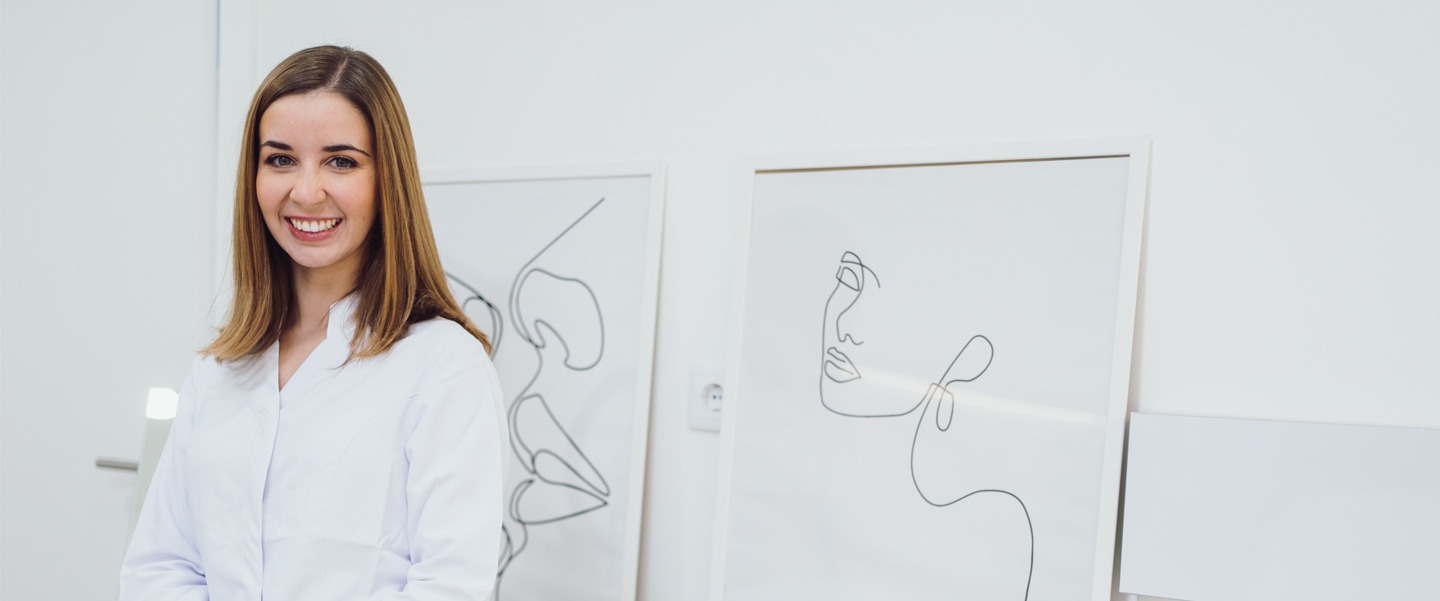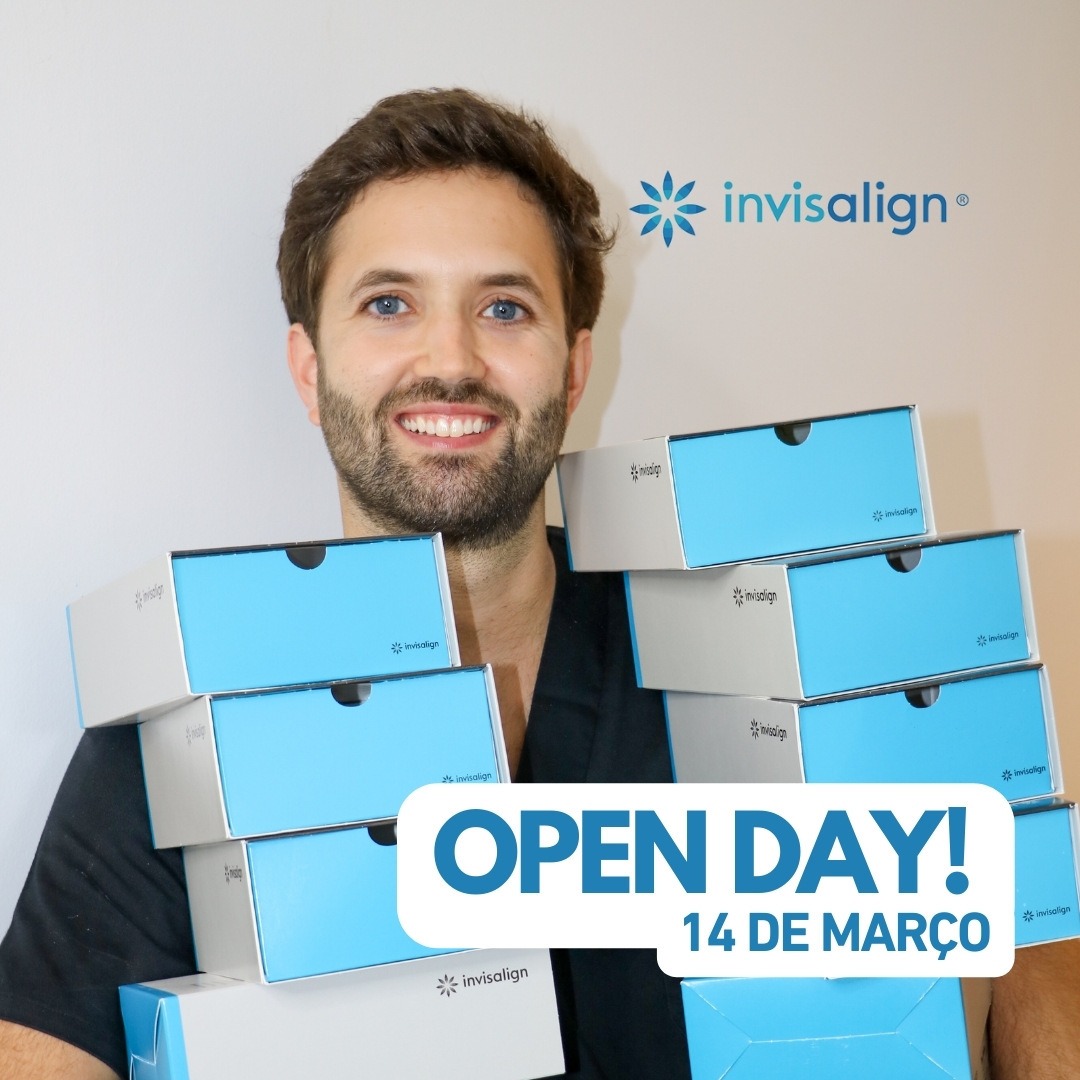Profhilo is an injectable aesthetic treatment, developed by the Italian company IBSA, which consists of patented high-purity hyaluronic acid technology, produced without cross-linking agents or chemical additives. It is used to treat sagging, thin and dehydrated skin, as well as fine lines and wrinkles. Unlike other injectable fillers, Profhilo is not used to add volume or fill in specific areas of the face – Profhilo is injected into the skin at specific points to help stimulate the natural production of collagen and elastin, improving the skin’s hydration, elasticity and firmness. Profhilo is applied in two sessions, four weeks apart, and the results can last up to six months or more. The treatment is relatively quick, each session lasting around 15 minutes, and is generally well tolerated by patients, without the need for local anaesthesia. Profhilo is considered a safe and effective treatment for improving skin quality, although there may be some side effects, such as swelling, redness and minor bruising at the injection site. As with any aesthetic treatment, it’s important to discuss your needs and expectations with a qualified professional before deciding whether Profhilo is the right choice for you. Profhilo has several advantages over other injectable aesthetic treatments available today. Some of the main advantages include: 1. Stimulates the natural production of collagen and elastin: Profhilo is formulated with high purity Hyaluronic acid, which is injected into the skin to stimulate the natural production of collagen and elastin. It helps to improve the skin’s hydration, elasticity and firmness, resulting in a more youthful and radiant appearance. 2. Natural results: Unlike other injectable fillers, Profhilo is not used to add volume or fill in specific areas of the face. Instead, it helps to improve the overall quality of the skin, resulting in a smoother, more moisturised and healthier appearance. 3. Quick and comfortable treatment: Each Profhilo session only takes around 15 minutes and is relatively comfortable, without the need for local anaesthesia. What’s more, the treatment doesn’t require significant recovery time, allowing you to return to normal activities immediately after the session. 4. Long-lasting results: Profhilo results can last up to six months or more, depending on the patient’s age, lifestyle and individual needs. However, some patients report that the beneficial effects of the treatment last up to a year. 5. Low risk of side effects: Profhilo is considered a safe treatment with a low risk of side effects. However, as with any injectable aesthetic treatment, there may be some minor side effects, such as swelling, redness and bruising at the injection site. It’s important to remember that the results of Profhilo can vary from person to person, and that the treatment is not suitable for everyone. It is therefore essential to discuss your needs and expectations with a trained healthcare professional before deciding whether Profhilo is the right choice for you. Profhilo is an injectable aesthetic treatment that can be used on various areas of the body to improve the overall quality of the skin. The most common areas that can be treated with Profhilo include: 1. Face: Profhilo can be injected into various areas of the face, including the cheeks, around the eyes, around the mouth and on the forehead, to improve the skin’s hydration, elasticity and firmness. 2. Neck: Profhilo can also be used to improve the appearance of the neck, helping to reduce sagging skin and fine lines. 3. Neckline: The neckline is another common area that can be treated with Profhilo, helping to improve the skin’s hydration and texture. 4. Hands: Profhilo can be injected into the hands to improve the skin’s hydration and firmness, helping to reduce the appearance of veins and fine lines. It is important to remember that Profhilo is an injectable aesthetic treatment and should only be administered by a qualified and experienced healthcare professional. In addition, it is important to discuss your needs and expectations with your healthcare professional before deciding whether Profhilo is the right choice for you. After treatment with Profhilo, it is important to follow certain precautions to ensure the safety and effectiveness of the treatment. Some of the recommended precautions include: 1. Avoid intense physical activity: It is recommended to avoid intense physical activity, such as exercise or activities that can increase heart rate and blood circulation, for the first 24 hours after treatment. 2. Avoid sun exposure: It is recommended to avoid direct sun exposure or UV lights for the first 24 to 48 hours after treatment. When exposed to the sun, it is important to wear sunscreen and a hat to protect your skin. 3. Avoid aggressive cosmetic products: It is recommended to avoid using aggressive cosmetic products, such as acids, exfoliants and abrasive cleansers, for the first 48 hours after treatment. 4. Avoid massaging the treated area: It is recommended to avoid massaging or applying pressure to the treated area in the first 24 hours after treatment. 5. Maintain hydration: It is important to keep the skin hydrated after treatment with Profhilo by drinking plenty of water and using light moisturisers on the treated area. 6. Medical follow-up: After the treatment, it is recommended that you make a new appointment with your doctor to assess and monitor the results. It’s important to remember that post-treatment care may vary according to the patient’s individual needs and the specific instructions of the doctor who carried out the treatment. It is therefore essential to follow the doctor’s recommendations and guidelines to ensure a safe and effective recovery. We reply within a maximum of 24 working hours. Profhilo
What are the advantages of treatment with Profhilo?
Which areas can be treated with Profhilo?
What should I do after treatment with Profhilo?
Frequently Asked Questions
BOOK YOUR APPOINTMENT ONLINE
Contact us









